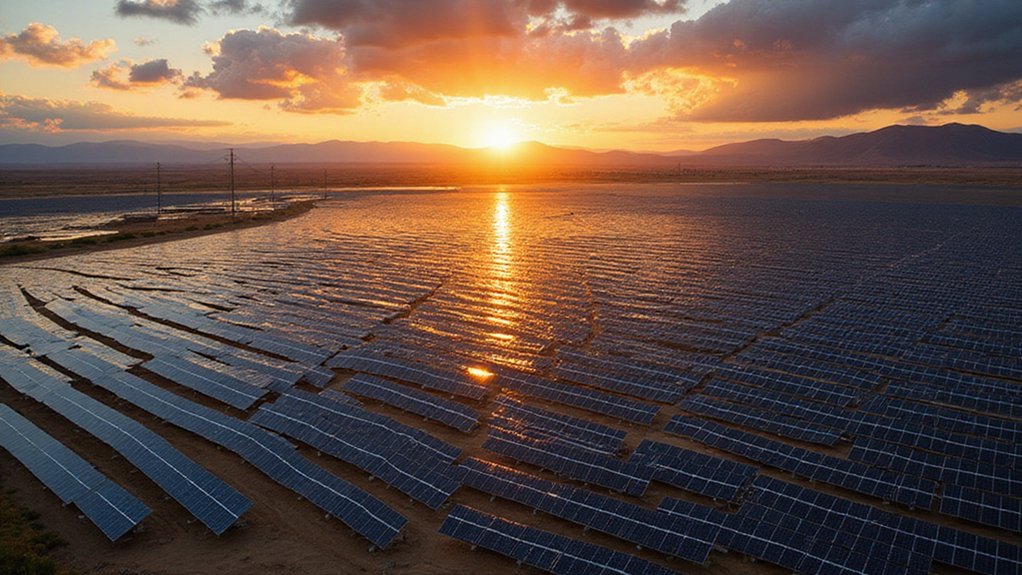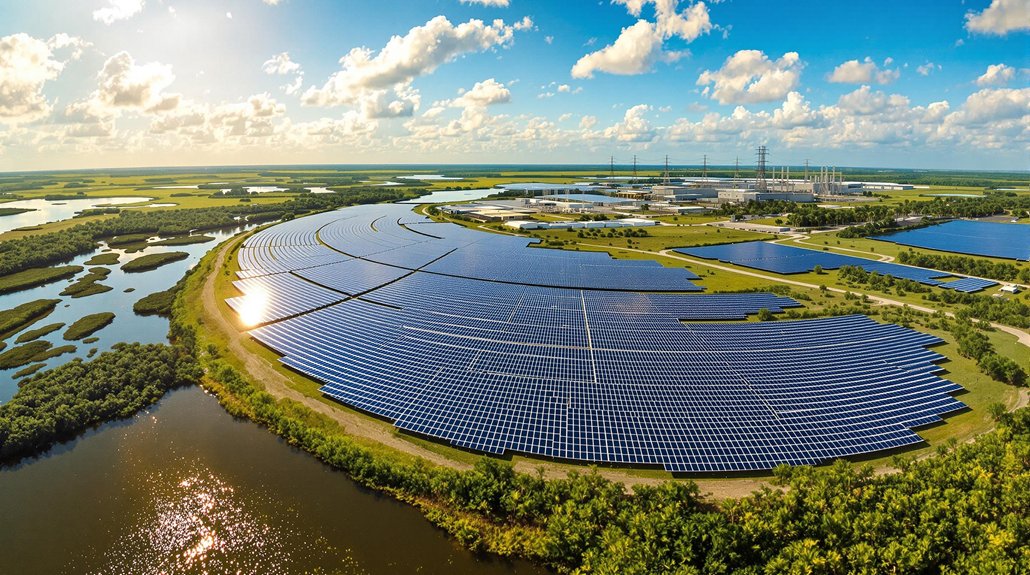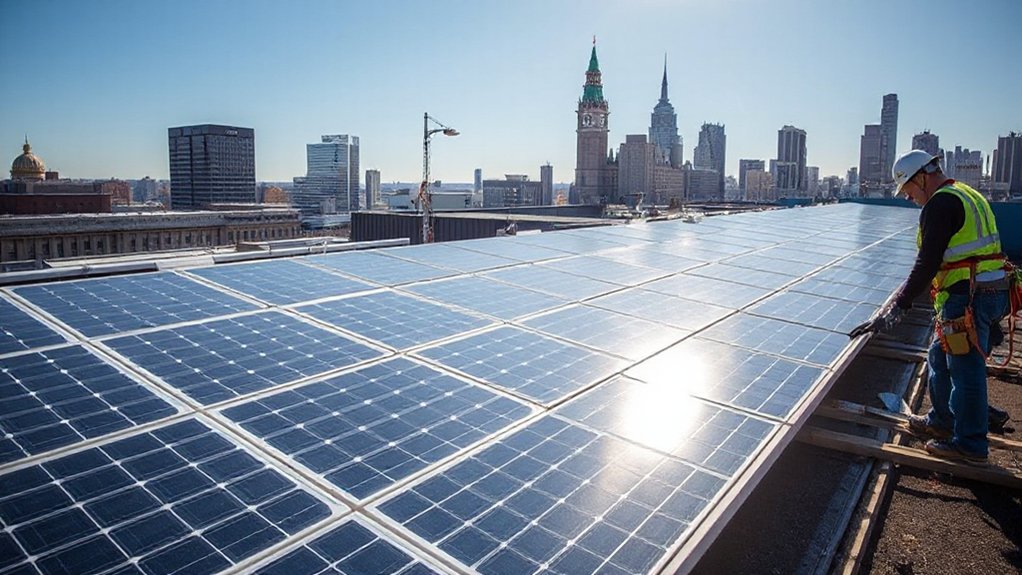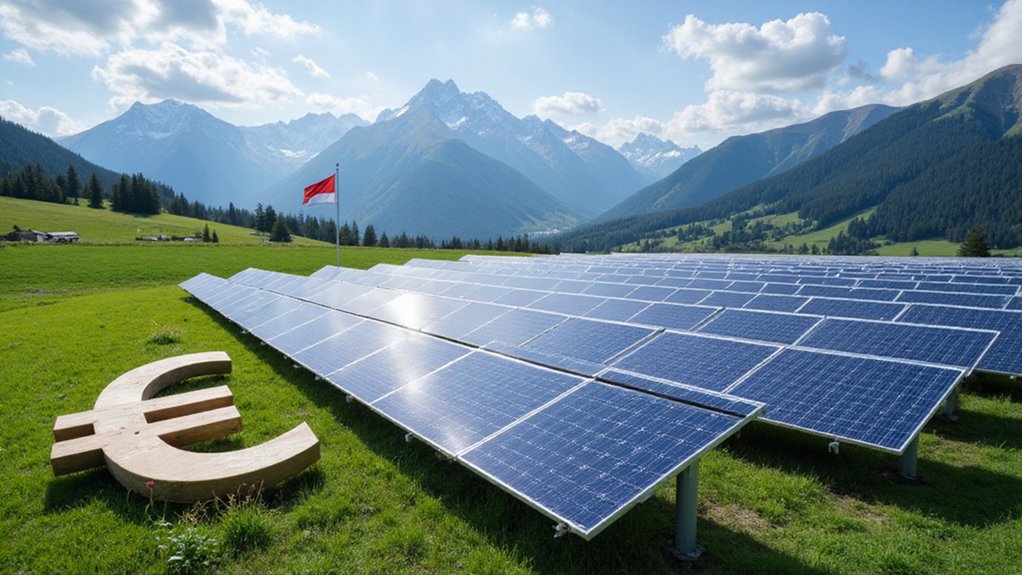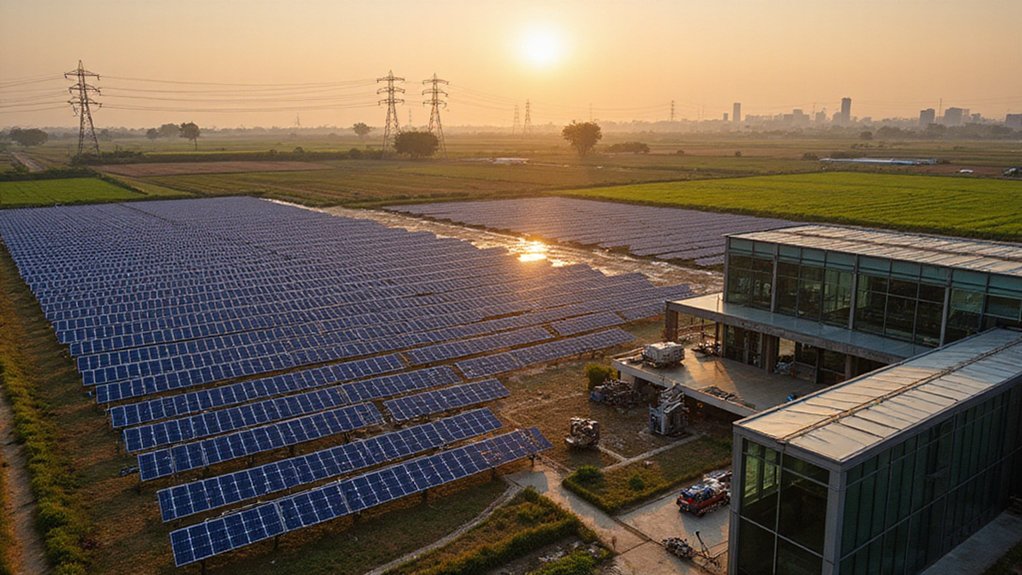The world has reached a remarkable energy milestone. Solar power capacity now exceeds 2 terawatts globally, with installations surging 33% this year. Engineers added 597 gigawatts in 2024 alone, making solar the cheapest power source in many regions. This rapid growth pushes the industry toward its 8 TW target by 2030. However, significant hurdles remain in financing and building the necessary infrastructure for this clean energy transformation.
After reaching a major milestone in late 2024, the global solar industry is celebrating a remarkable achievement: 2 terawatts (TW) of installed solar photovoltaic (PV) capacity worldwide.
Solar power has reached 2 terawatts globally, marking a transformative milestone in our clean energy revolution.
What makes this accomplishment even more impressive is the speed of growth. While the first terawatt took 68 years to achieve (from 1954 to 2022), the second terawatt was added in just two years.
This 2 TW milestone represents a massive amount of power generation. It’s equivalent to the total installed electricity capacity of India, the USA, and the UK combined.
With an average 20% capacity factor, this solar installation could theoretically power one billion homes based on the global average consumption of 3,500 kWh per year.
The growth rate in 2024 was exceptional, with 597 gigawatts (GW) of new solar capacity installed globally. This marks a 33% increase compared to 2023’s additions.
Experts predict growth will slow somewhat in 2025, with an expected 10% increase to reach 655 GW of new installations. Industry stakeholders can learn more about these projections at the 6 May 2025 event focusing on solar power market trends.
Manufacturing capacity has scaled up to match deployment needs, reaching 1.1 TW per year by late 2024.
This expansion supports ambitious installation targets and contributes to making solar the cheapest form of energy available to consumers in many countries worldwide. The cost reduction trend has been remarkable, with solar panel prices dropping 40% over the last decade.
The European Union holds approximately half the world’s solar capacity at about 1 TW.
Industry leaders are now setting their sights on reaching 8 TW of global capacity by 2030, which would require installing approximately 1 TW per year by the decade’s end.
Despite this progress, challenges remain.
The Global Solar Council emphasizes the urgent need to reduce the cost of capital for solar projects, particularly in developing economies.
Solar panels can’t generate electricity without daylight, creating a need for 1.5 TW of global storage capacity before 2030.
Additionally, experts identify the need for 25 million kilometers of new grid infrastructure to support continued growth.
The Global Solar Council is leading celebrations of this milestone while preparing to launch an international solar finance group at the upcoming COP29 climate conference to release funding for future projects.
References
- https://www.solarpowereurope.org/insights/outlooks/global-market-outlook-for-solar-power-2025-2029/detail
- https://www.globalsolarcouncil.org/news/global-solar-council-announces-2-terawatt-milestone-achieved-for-solar/
- https://www.solarpowereurope.org/press-releases/new-report-world-installed-600-gw-of-solar-in-2024-could-be-installing-1-tw-per-year-by-2030
- https://www.ourenergypolicy.org/resources/benchmarking-solars-performance-gap-insights-from-193gw-of-analysis/
- https://balkangreenenergynews.com/global-solar-power-capacity-doubles-to-2-tw-in-just-two-years/
